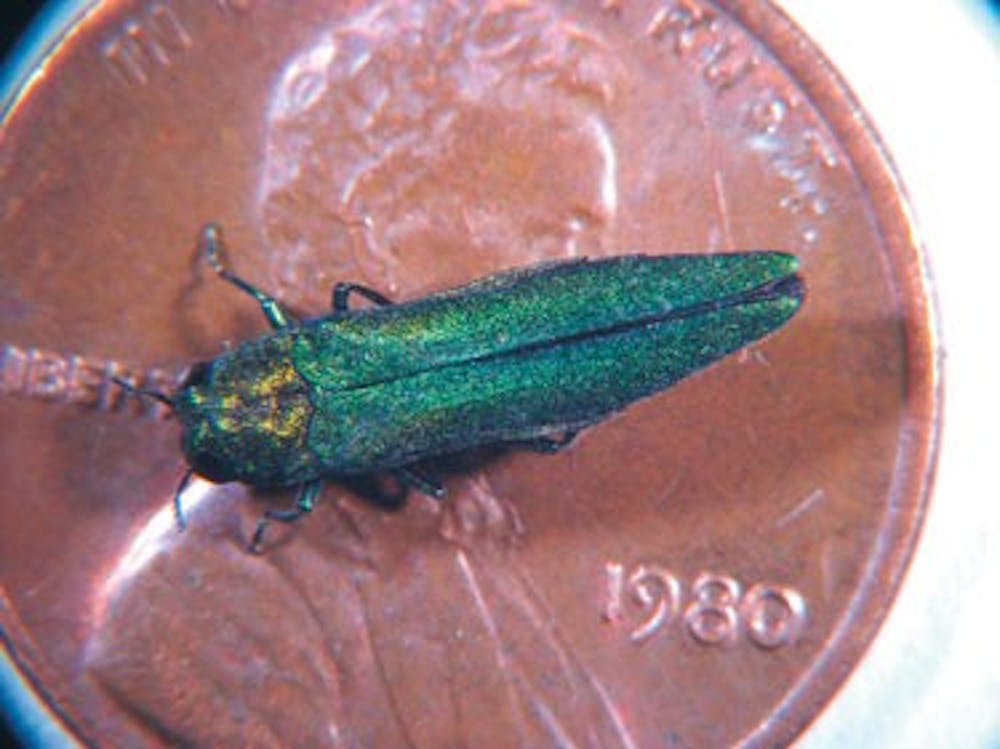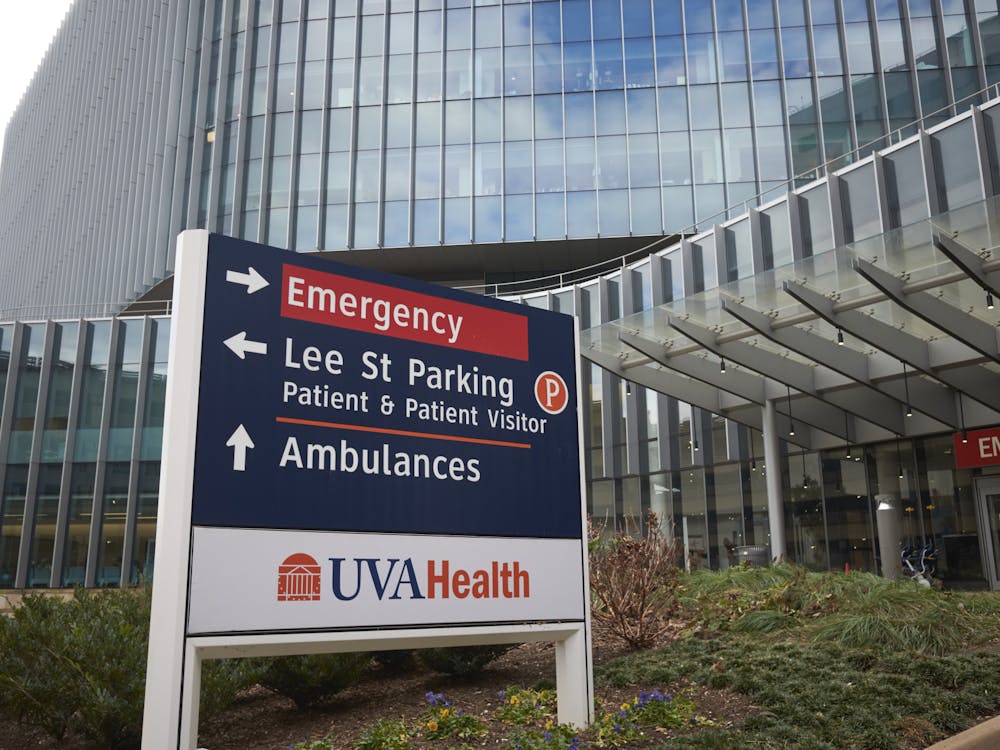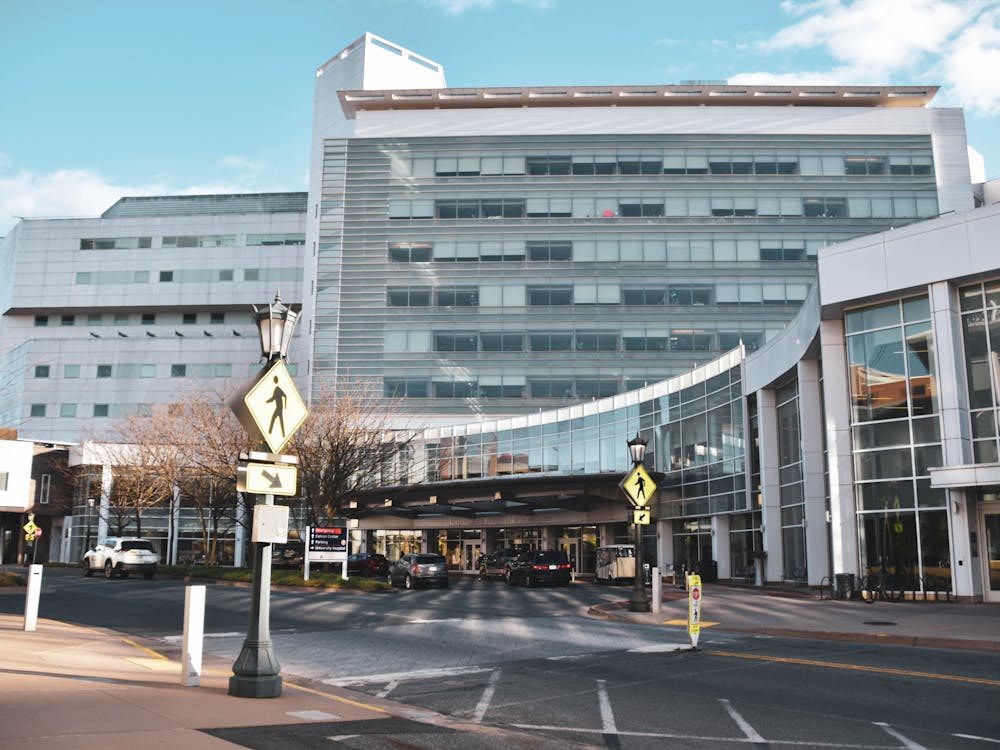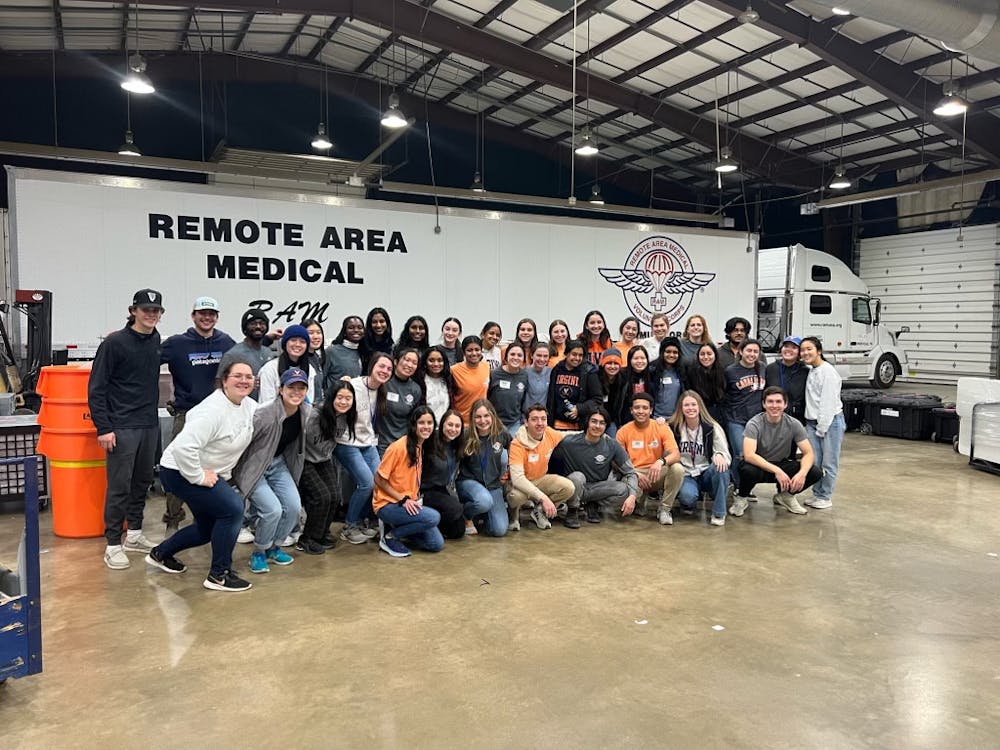From May to August, a pest known as the emerald ash borer is expected to arrive in Charlottesville. An invasive species of beetle, the emerald ash borer, or Agrilus planipennis, attacks ash trees — which are found in North America, Europe and Asia — and the less common American fringe tree.
A year ago, the Virginia Department of Forestry found the emerald ash borer in Albemarle County and predicted that it would spread to Charlottesville. Now, Charlottesville Parks and Recreation estimates that all trees left untreated will be dead within one to three years.
While adult emerald ash borers are relatively harmless, the larvae feeds on the inner bark of ash trees as its primary food source. As the inner bark erodes, the distribution of water and nutrients throughout the trees slows, eventually causing them to die.
Originally from Siberia, the EAB appeared in North America in 2002 near Detroit, Mich., most likely traveling in solid wood packing material used to ship products from Asia. Currently, the EAB has been found in 33 states and parts of Canada.
According to the Emerald Ash Borer Network, since 2002, the EAB has killed millions of ash trees in North America and cost cities and businesses hundreds of millions of dollars. The spread of the infestation even forced the United States Food and Drug Administration in recent years to place certain areas under quarantine to limit the damage done to ash trees across the continent.
“When something like the EAB comes in, it wipes a certain species from the forest span, whether it be the urban forest in people’s yards and in parks and such,” said Michael Ronayne, an urban forester with Charlottesville Parks and Recreation. “Since there can be one hundred percent mortality rate with these kinds of pests, we want to pick our best ash trees and save them.”
Ash tree deaths could result in a loss of important sources of clean air, carbon sequestration and flood and erosion control. Sickly ash trees can also decrease the property value of homes and lots in the area, and residents and business owners may face higher electricity bills without ash trees shading locations from the sun and cooling them.
According to Environmental Sciences Assoc. Prof. Kyle Haynes, EABs — similar to other invasive species — can force homeowners and municipalities to pay high fees to have infected trees removed and to face the economic losses when forests are destroyed.
“The EAB invasion will cause extremely high tree mortality,” Haynes said. “In a lot of places, ash trees are very common urban street trees, so it can lead to high costs for cities and towns, as they often end up having to cut the trees down and replace them, unless they use insecticides.”
There are several common signs that an EAB has infected an ash tree. One of the most direct way is to identify an EAB on the ash tree. Adults have shiny green heads, wings and appendages, a purple abdomen and a flat back. Larvae are white and legless, with body segments that slightly cupped at the ends.
If the beetles are not visible to the human eye, symptoms that infected ash trees might exhibit include serpentine galleries — characterized by D-shaped holes marking points where adults exit from the tree — and an increase in the amount of bark lighter in color as woodpeckers eat the EABs and expose inner bark layers.
“It is important for people to find out if they have an ash tree, and if so, to take action,” Ronayne said. “They need to consider the cost associated with keeping the tree and the value it can add to the landscape. Also, it’s important to consider whether or not the tree is healthy enough to make a good candidate for preservation and if people are able and willing to spend the money to save the tree.”
In order to preserve ash trees in the Charlottesville region, a recent press release from Charlottesville Parks and Recreation advised community members to contact a local International Society of Arboriculture certified arborist for treatment options and administration.
Additionally, the Virginia Department of Forestry is offering a 50/50 cost-share program with the recommendation that people inject ash tree trunks with emamectin benzoate, a systemic insecticide that protects against EAB invasions for at least two years. VDOF also proposes drenching the soil surrounding ash trees with the insecticides imidacloprid or dinotefuran, but only as a preventative measure.
Moving forward, Charlottesville Parks and Recreation will continue to select the ash trees throughout the city that could potentially be saved and to treat them. Urban foresters such as Ronayne will encourage residents to do the same, both with EABs and in the case of future invasive species in an effort to preserve forests and urban landscapes.
“I think this emerald ash borer problem is emblematic of what has been going on with lots of non-native pests that we’ve accidentally imported into North America,” Haynes said. “We’ve had several species introduced over the last decade or so that have been causing problems with agriculture and forestry, like the EAB, and those end up having significant economic impacts … [and] the stability of affected ecological communities might be threatened.”





